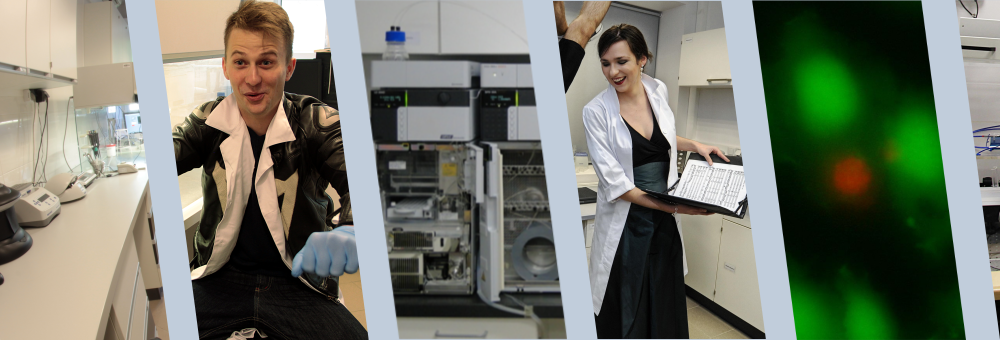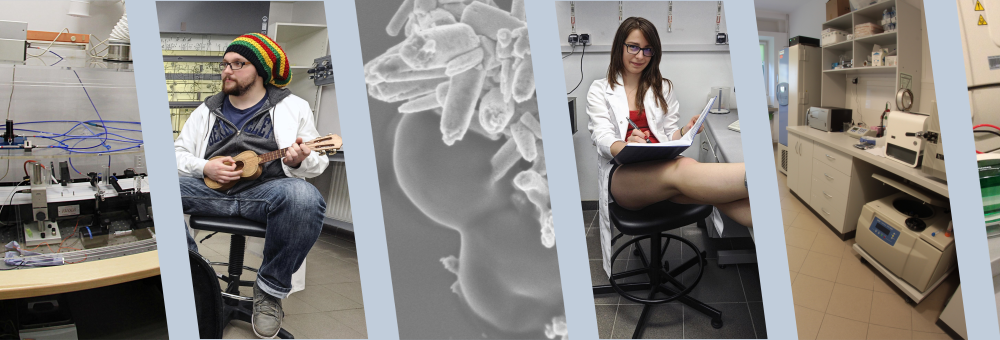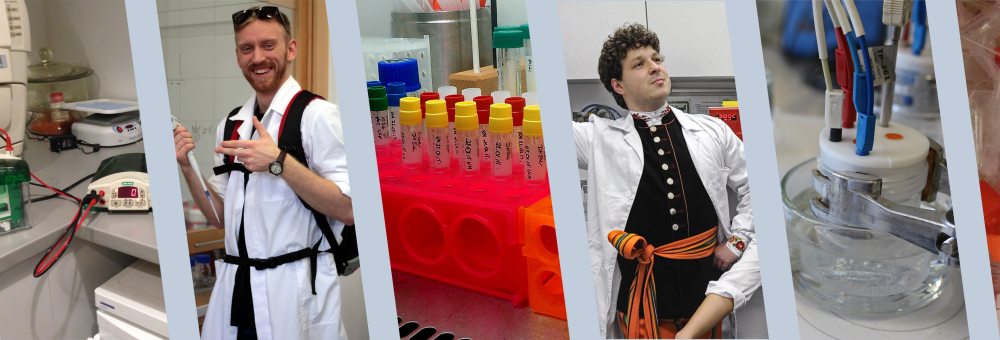Publication
Quench-jump sequence in phase separation in polymer blends
Author(s): Fialkowski, M and Holyst, R
Title: Quench-jump sequence in phase separation in polymer blends
Abstract: A two-step process of phase separation-mixing is analyzed for binary The system is first quenched into the thermodynamical region (temperature T), where the mixture undergoes a of spinodal decomposition, characterized for short times by the of the Cahn peak of a scattered intensity at fixed scattering vector. Next we heat up a system (make a temperature jump to T-1) above the spinodal line (temperature T-s) and compute decay of this peak. The peak intensity decreases and the peak moves toward short wave vectors. The integrated peak intensity exponentially at short times with a characteristic decay time depends on T, T-1, and T-s. The increase of the Euler from large negative values toward zero suggests that the of the peak toward short wave vectors is associated with the of small connections in a bicontinuous structure formed in early stages of spinodal decomposition. Slow decay of the surface indicates that the domains keep their shape for a long time, the fast decay of the saturation of the concentration field inside them. (C) 2002 American Institute of Physics.
Pages: 1886-1892
Journal: JOURNAL OF CHEMICAL PHYSICS
Volume: 117
ID: ISI:000176758200056
Year: 2002
DOI: 10.1063/1.1487375









